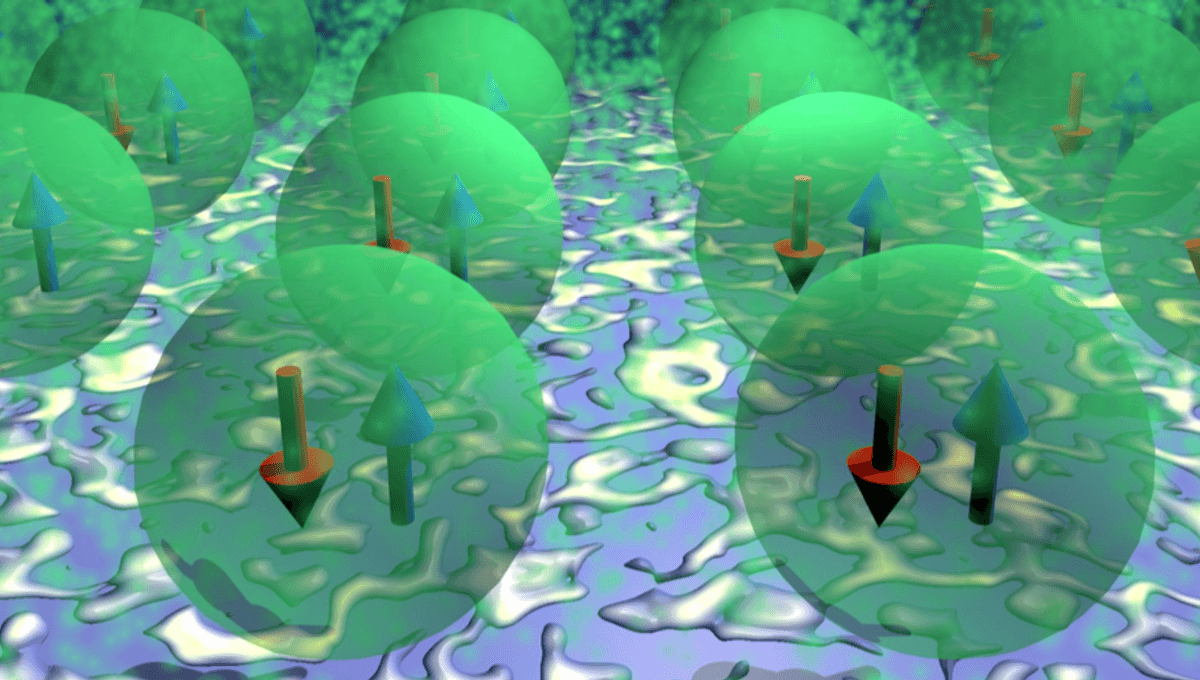Prepare to enter the fascinating world of quasiparticles. These peculiar entities may not be real particles, but they certainly behave like them. They emerge from specific interactions, such as the entanglement of two electrons. When these electrons become entangled, they can form a singlet state or a triplet state, giving rise to the enigmatic triplon.
So, how do scientists create triplons? Well, they turn to small organic molecules called cobalt-phthalocyanine. These molecules possess a special electron known as a frontier electron. Don’t imagine a gunslinger particle, though. A frontier electron is simply an electron residing in the highest-energy occupied orbital.
Researchers cleverly packed these molecules together in a confined space, forcing the frontier electrons to interact. From the outside, they observed the joint behavior of these electrons, witnessing the emergence of the triplon.
“Using simple molecular building blocks, we have achieved something groundbreaking,” said study author Robert Drost from Aalto University. “We have engineered and probed a complex quantum magnet in a way that has never been done before. This has revealed phenomena that were previously hidden within its individual parts. While magnetic excitations in isolated atoms have been observed using scanning tunnelling spectroscopy, propagating triplons have remained elusive until now.”
Creating these quasiparticles requires ingenious setups. They cannot be found naturally, so scientists must develop artificial materials that can give rise to and measure these intriguing entities.
“These materials are incredibly complex. They offer exciting physics, but the most extraordinary ones are also the most challenging to find and study,” explained study author Professor Peter Liljeroth, head of the Atomic Scale physics research group at Aalto University. “That’s why we’re taking a different approach here by constructing an artificial material using individual components.”
By skillfully arranging the cobalt-phthalocyanine molecules, the team successfully created an artificial material. However, they didn’t stop there. They pushed the boundaries of complexity and discovered that triplons can traverse molecular networks. They even detected entanglement waves moving through these networks.
“We have demonstrated the creation of an exotic quantum magnetic excitation in an artificial material,” added study author Assistant Professor Jose Lado, also from Aalto University. “This strategy shows that we can design material platforms that open up new possibilities in quantum technologies.”
The groundbreaking findings have been published in Physical Review Letters.








